News + Media
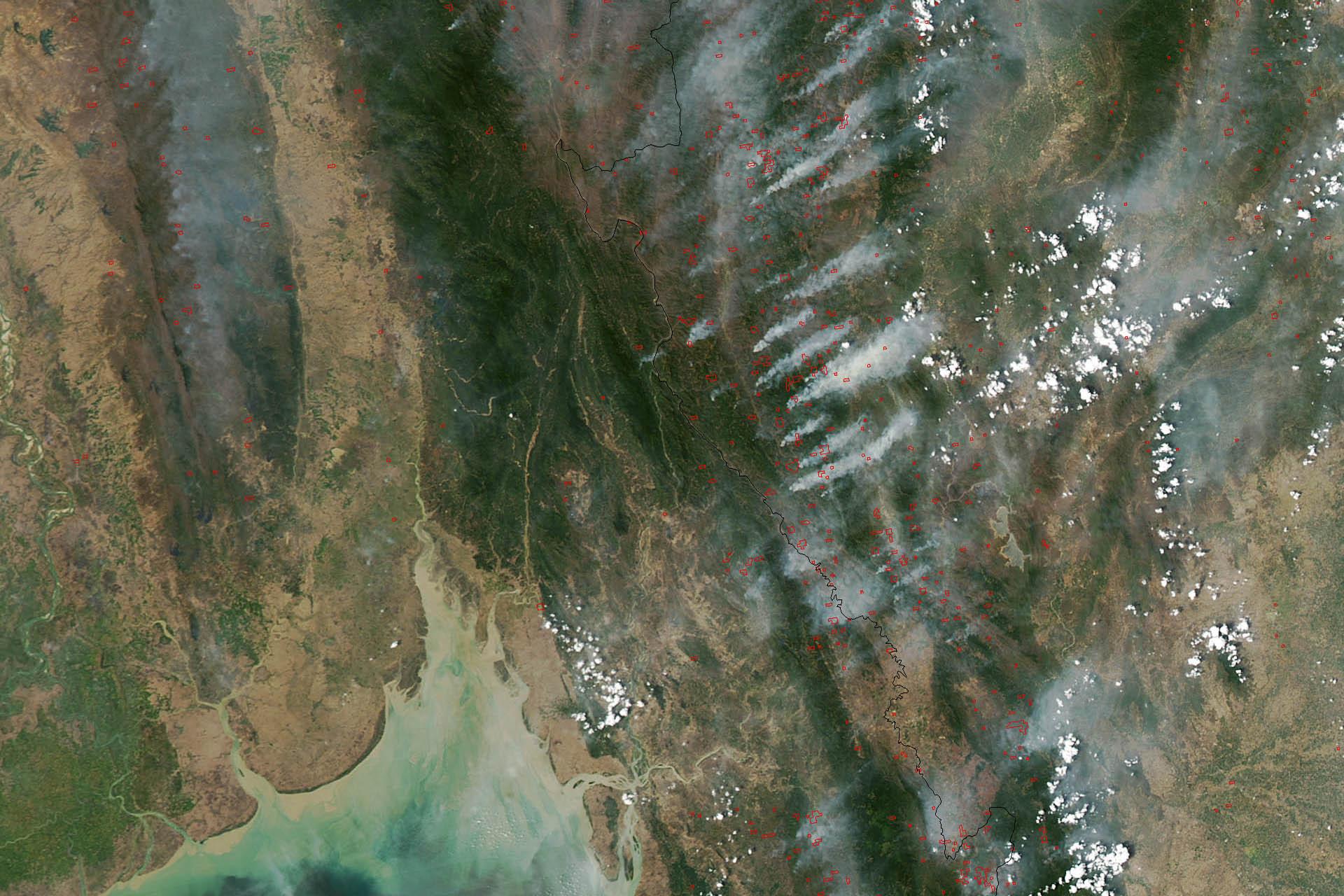
The skies above Southeast Asia are often dimmed by a persistent haze, due largely to high concentrations of aerosols emitted from fires set intentionally to clear forests for oil palm plantations, burn agricultural waste or serve some other human need. The forest-clearing fires are of particular...

MIT Joint Program Principal Research Scientist Erwan Monier comments
Shifting climate patterns in North America could hit U.S. crop production hard, possibly even halving the production of corn by the end of the century, a new study finds.
Scientists believe that the spike in average temperatures that is widely predicted by climate models for North America...
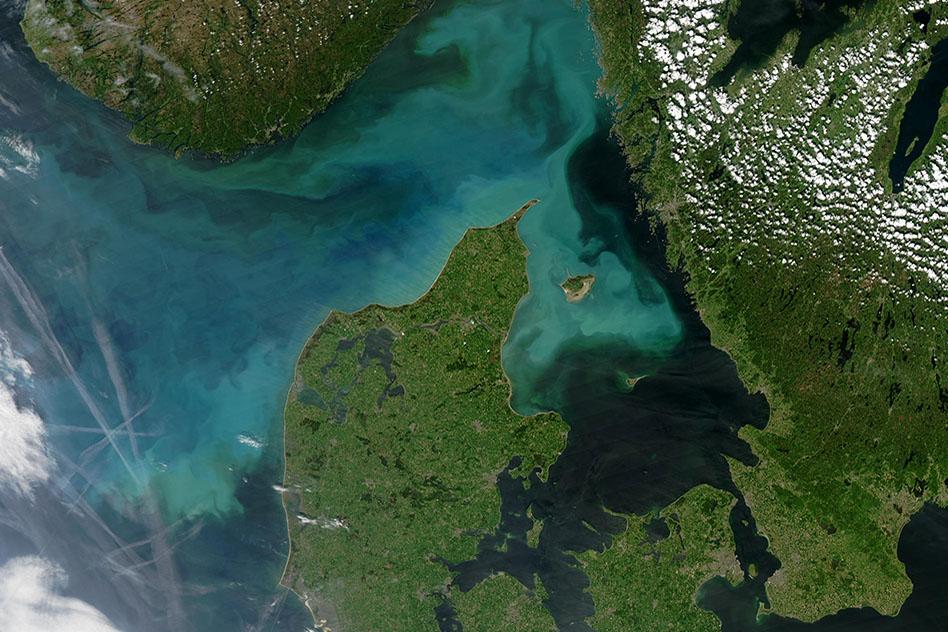
Mapping out a low-carbon future
Water scarcity, air pollution and climate change
Projecting the impacts of land-use change

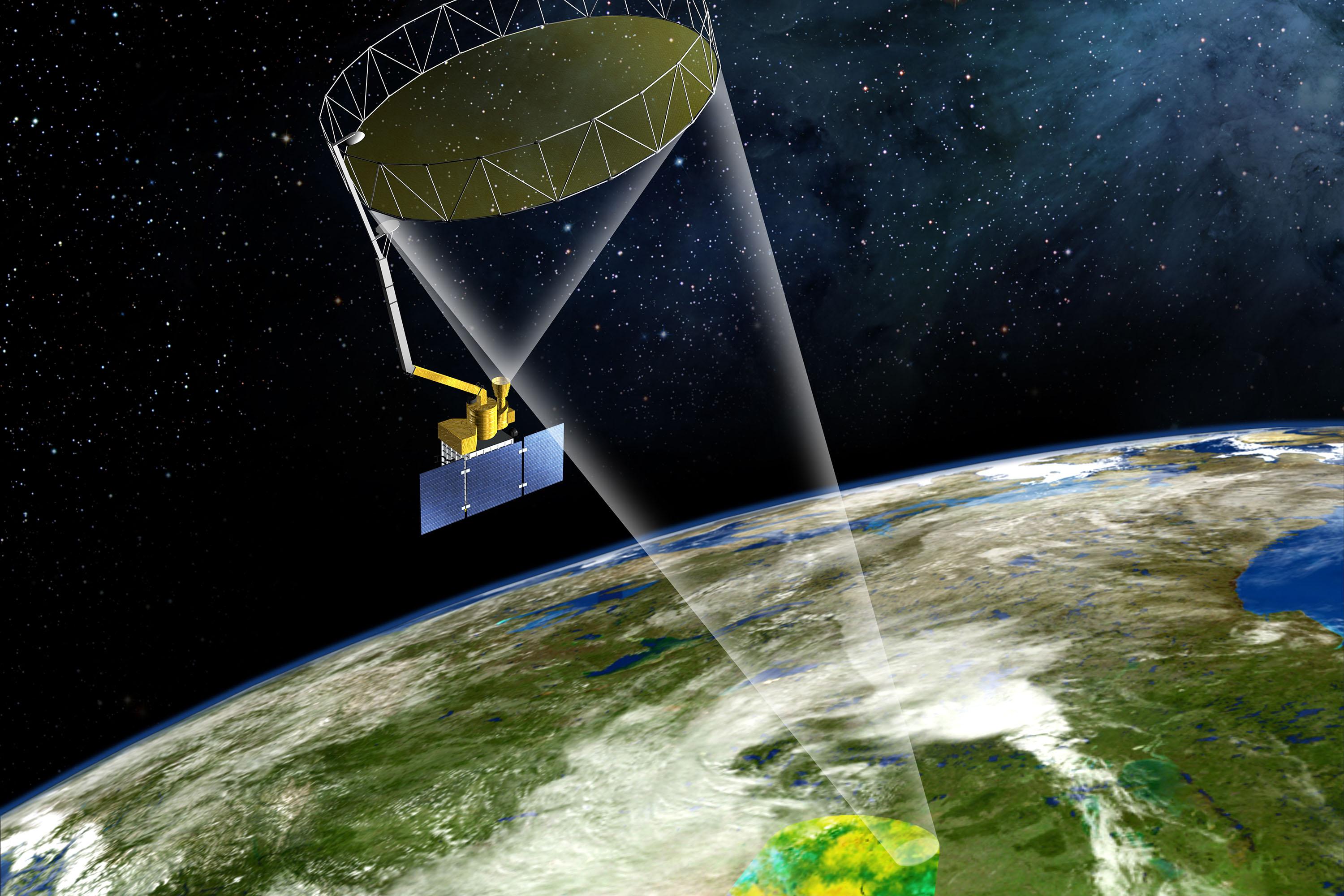
The top 2 inches of topsoil on all of Earth’s landmasses contains an infinitesimal fraction of the planet’s water — less than one-thousandth of a percent. Yet because of its position at the interface between the land and the atmosphere, that tiny amount plays a crucial role in everything from...

At MIT, U.S. Secretary of State highlights peril of climate change, economic promise of clean energy
Voicing both concern and confidence, U.S. Secretary of State John Kerry said in an address at MIT on Monday that the effort to limit climate change was a dire “race against time,” but one that could be successful due to the economic promise of renewable energy.

How Models Can Help Agriculture Adapt to Climate Change Uncertainties
J-WAFS Highlight

Through warming effects, methane and other gases impact rising seas long after leaving the atmosphere
Even if there comes a day when the world completely stops emitting greenhouse gases into the atmosphere, coastal regions and island nations will continue to experience rising sea levels for centuries afterward, according to a new study by researchers at MIT and Simon Fraser University.
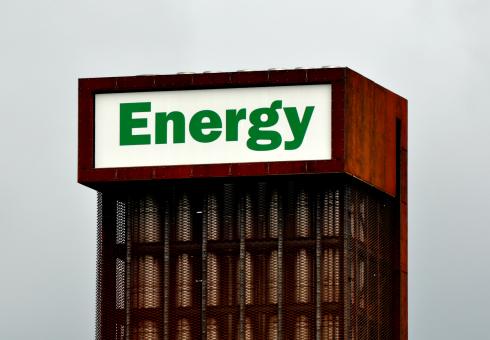
Fulfilling the promise of the 2015 Paris Agreement on climate change—most notably the goal of limiting the rise in mean global surface temperature since preindustrial times to two degrees Celsius—will require a dramatic transition away from fossil fuels and toward low-carbon energy sources.
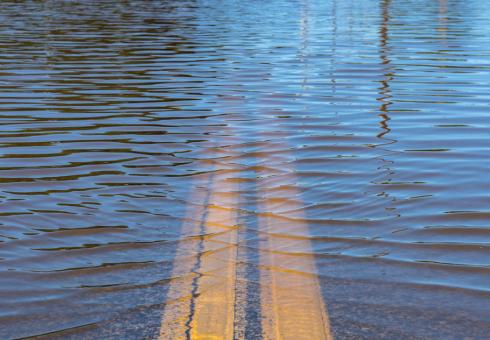
New technique predicts frequency of heavy precipitation with global warming

